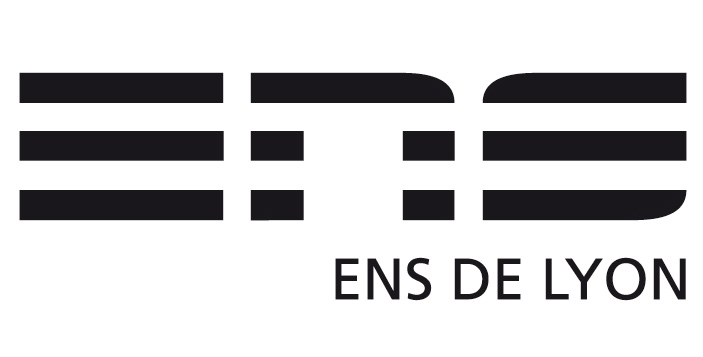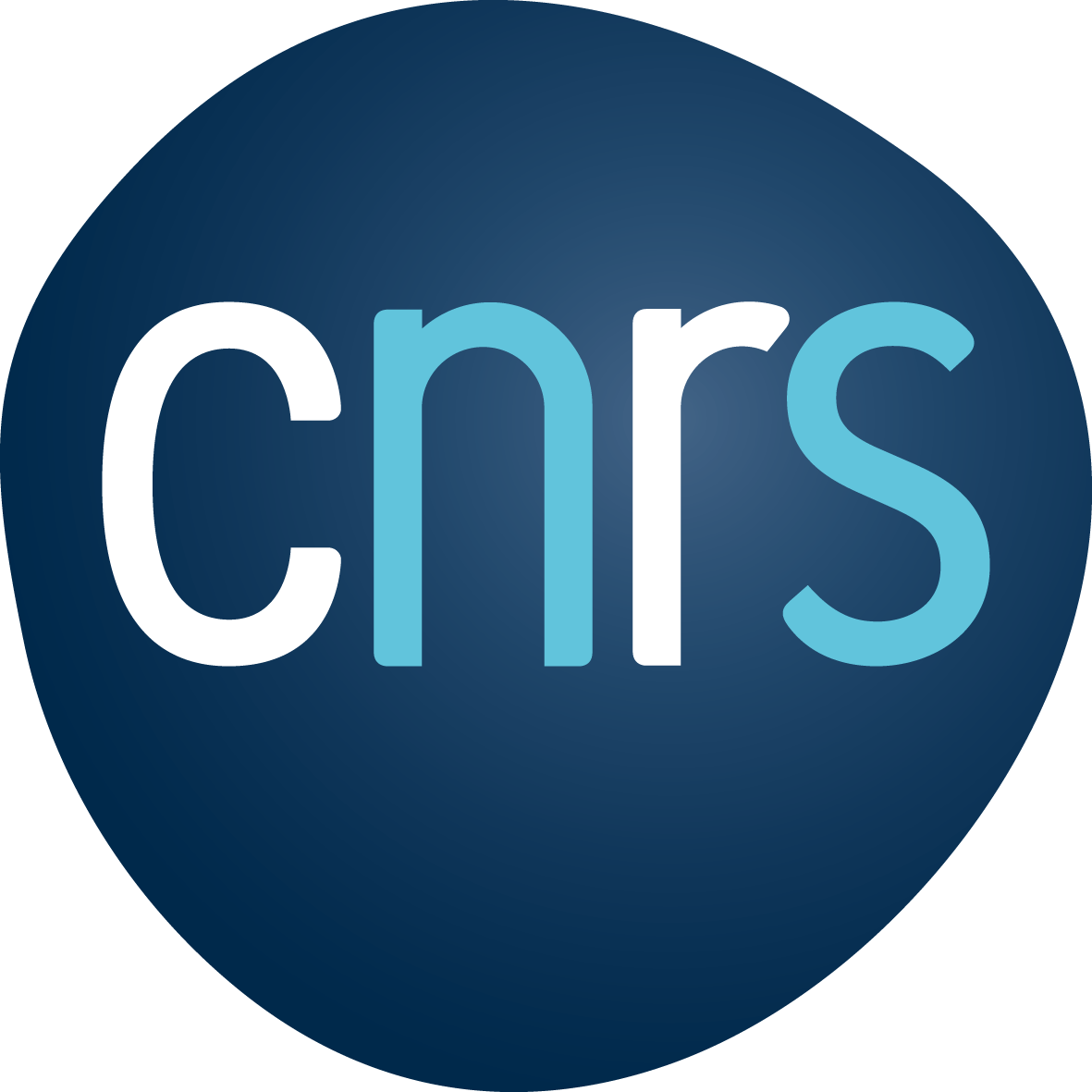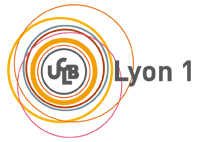Scott Milner
| When |
Sep 10, 2024 à 02:00 PM |
|---|---|
| Where |
Salle André Collet |
| Contact |
Carlos Marques |
Predicting structural and electronic properties of donor-acceptor interfaces
Organic semiconducting polymers and oligomers are promising candidates for photovoltaic materials alternative to silicon. These materials are prepared as “bulk heterojunctions”, resulting from demixing of donor and acceptor chains. In operation, photons are absorbed to create excitons, which diffuse to a nearby donor-acceptor interface, where the difference in electron affinities helps to separate the exciton into free carriers, that must then transport to the electrodes. The materials are disordered, which complicates the prediction of electronic properties, such as the optical gap (energy to form an exciton), binding energy of excitons to the D-A interface, and structure and dynamics of polarons in the donor and acceptor phases. To predict these properties, two computational challenges emerge: 1) generating realistic nanoscale structures with simulations, and 2) computing electronic properties in the presence of disorder. In this talk, I will describe progress on both fronts: 1) fast simulations for stiff molecules that retain atomistic detail, and 2) DFT-parameterized tight-binding models that can describe excitons and polarons in the presence of disorder.



